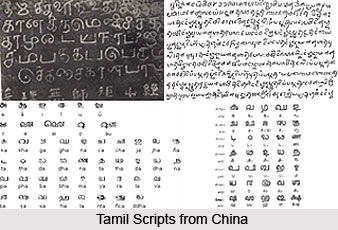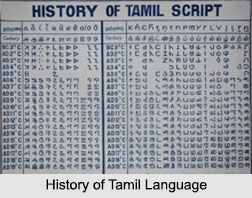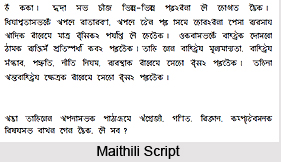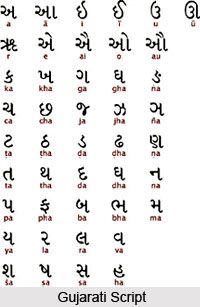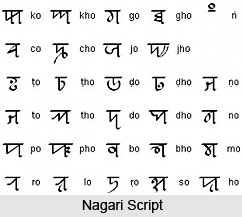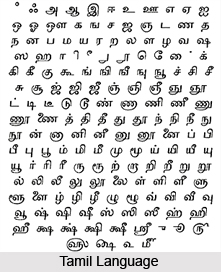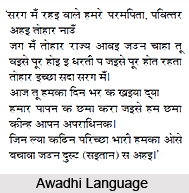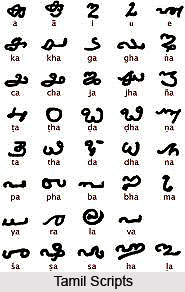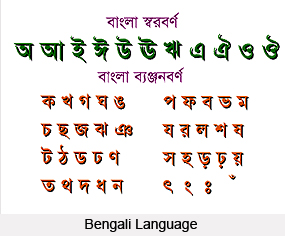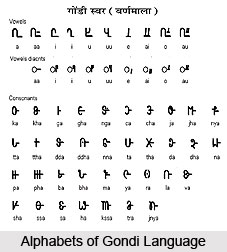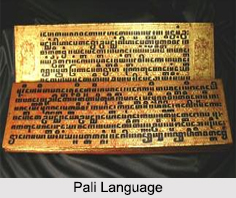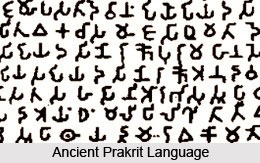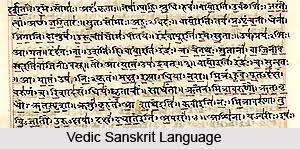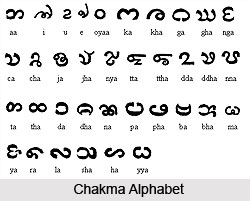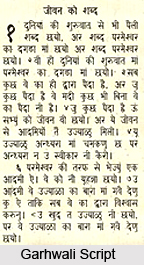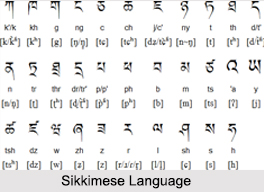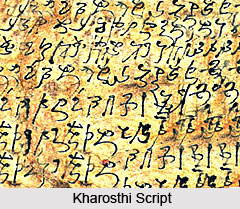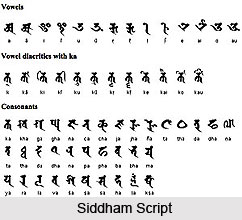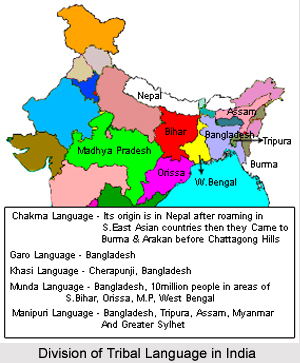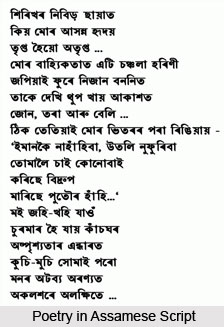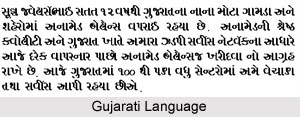 Indian spoken languages owe their ancestral lineage to the populace from c. 2600 to 1900 B.C.E. When speaking about the pan Indian context related to languages written or spoken, the country becomes that very a personified aspect as has been associated with this orient since time immemorial. More specifically stated, India, with its umpteen assortment in its every sphere beginning from administration, culture, customs, rituals, ceremonies and religions and perhaps only ending in its even diversified arenas like food, clothing, ornaments makes India a land of eternal wonders and yet-to-be-discovered enigmas.
Indian spoken languages owe their ancestral lineage to the populace from c. 2600 to 1900 B.C.E. When speaking about the pan Indian context related to languages written or spoken, the country becomes that very a personified aspect as has been associated with this orient since time immemorial. More specifically stated, India, with its umpteen assortment in its every sphere beginning from administration, culture, customs, rituals, ceremonies and religions and perhaps only ending in its even diversified arenas like food, clothing, ornaments makes India a land of eternal wonders and yet-to-be-discovered enigmas.
Indian ancient history also informs its readers about its utmost lost ages of humanity and their fashion of communicating with each other. Indeed, setting aside the Stone Age and its dwellers in the caves, writing in rocks and communicating in an extremely primitive form of speech, the very first sophisticated civilisation to rise up were the men from Indus Valley Civilization. In such pre-Christian periods, the Indus Valley populace had been that much advanced as to bring in innovative and first-time techniques in their everyday living. It can confidently be stated that the modern Indian man has been inspired profoundly from the Indus civilization, with regards to speech, communications and grammar.
Origin of Indian Spoken Languages
India is home to several thousands of languages. Most languages spoken in India belong to the Indo-European, the Dravidian, the Austro-Asiatic (Munda), or the Tibeto-Burman families, excluding some languages of the Himalayas that still remain to be classified. The SIL Ethnologue (the official name of what was initially the Summer Institute of Linguistics, SIL is a U.S.-based, international Evangelical Christian non-profitable organisation, whose primary aim is to study, formulate and document lesser-known languages, in order to enlarge linguistic knowledge, encourage literacy and help minority language development) enlists 415 existing languages for India. In this context of Indian spoken languages, foreign usurpations have left their everlasting impact on the Indian local languages. English language, the inheritance of colonial rule in India, became the commonly used official language of India.
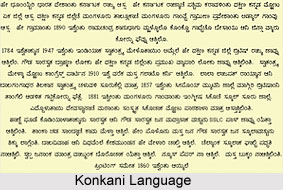
Evolution of Indian Spoken Languages
Spoken languages in India also is much associated with the advent of the Indo-European race of the Aryans, principally from whom Indian citizens have earned its grammar, language development, lexicon, phonology and of course mode of refined speech. However, the aboriginal Indians dwelling down south, the Dravidians also have contributed much to the evolution of languages spoken in India. The country`s geographical diversities, coupled with its political periphery makes the country even more sensitive to language diversification and prominence always is classed within the north Indian languages spoken and the south Indian languages spoken in everyday life. The mind boggling number of languages utilised in speech, both sophisticated and tribal, are further rendered and commissioned with central recognition. Some of these are accepted nationally, whereas others are accepted as dialects of one particular region, for example Assam and Kashmir possess their own version of official language as well as aboriginal language.
Diversity of Indian Spoken Languages
There exist 1652 different languages in India and 350 are listed as the major languages. Most of the languages spoken in India belong to two families, Indo-Aryan and Dravidian. Languages spoken in the five states of south India fall under the Dravidian family and most of the languages spoken in the north have come from the Indo-Aryan language family. The all-purpose script of the Indo-Aryan languages differs in essentiality from the general script of the Dravidian languages. Indians also distinguish between the general north Indian accent and its counterpart south Indian accent. Coupled with these two main language families, there exist others from the Sino-Mongoloid family, spoken in east India. Individual mother tongues in India count up to several hundreds. According to the Indian Census, more than a million native speakers employ twenty-nine languages spoken in India and the remaining 122 by more than 10,000 of the populace. Two languages have played an important role in the history of India, those being Persian and English.
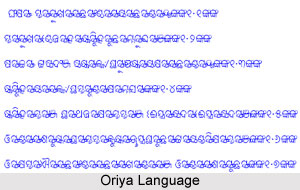
Apart from the 22 Official languages recognised by the Indian Constitution, Indians are also known to communicate in over 2400 languages, from place to place, region to region and state to state. Many of these languages spoken do not even possess their own scripts to write. Hindi (Standard Hindi, excluding several dialects of deviating mutual comprehensibility) is the most prevalent language spoken in India. The Indian census borrows the widest likely definition of Hindi as an all-extensive variety of Hindi languages. The native speakers of Hindi so outlined, is the explanation for approximately 40 percent of Indians. Indian English is registered as the native language of 226,449 Indians in the census. English is considered the second "language of the Union", in addition to Hindi. Thirteen languages make up for more than 1 percent of Indian population each, and amongst themselves, for over 95 percent. All of them are enlisted as the "scheduled languages of the constitution". Scheduled languages spoken by less than 1 percent of Indians comprise: Santhali(0.64 percent), Nepali (0.28 percent), Sindhi (0.25 percent), Manipuri (0.14 percent), Bodo (0.13 percent), Dogri (0.01 percent, spoken in the disputed province of Jammu and Kashmir). The largest language that is not "scheduled" is Bhili (0.95 percent), accompanied by Gondi (0.27 percent), Tulu (0.17 percent) and Kurukh (0.09 percent).
Official Languages of India
| Assamese | 13 | Assam, Arunachal Pradesh |
| Bengali | 83 | West Bengal, Tripura, Assam, Andaman and Nicobar Islands |
| Bodo | 1.4 | Assam |
| Dogri | 2.3 | Jammu and Kashmir |
| Gujarati | 46 | Dadra and Nagar Haveli, Daman and Diu, Gujarat |
| Hindi | 258 - 422 | Andaman and Nicobar Islands, Bihar, Chandigarh, Chhattisgarh, the National capital territory of Delhi, Haryana, Himachal Pradesh, Jharkhand, Madhya Pradesh, Rajasthan, Uttar Pradesh and Uttarakhand |
| Kannada | 38 | Karnataka |
| Kashmiri | 5.5 | Jammu and Kashmir |
| Konkani | Goa, Karnataka, Maharashtra, Kerala | |
| Maithili | 12 - 32 | Bihar |
| Malayalam | 33 | Kerala, Lakshadweep, Puducherry |
| Manipuri (also Meitei or Meithei) | 1.5 | Manipur |
| Marathi | 72 | Maharashtra, Goa, Dadra and Nagar Haveli, Daman and Diu |
| Nepali | 2.9 | Sikkim, West Bengal |
| Oriya | 33 | Orissa |
| Punjabi | 29 | Chandigarh, Delhi, Haryana, Punjab |
| Sanskrit | 0.01 | non-regional |
| Santhali | 6.5 | Santhal tribe of the Chota Nagpur Plateau (comprising the states of Bihar, Chattisgarh, Jharkhand, Orissa) |
| Sindhi | 2.5 | non-regional |
| Tamil | 61 | Tamil Nadu, Andaman and Nicobar Islands, Puducherry |
| Telugu | 74 | Andhra Pradesh, Puducherry, Andaman and Nicobar Islands |
| Urdu | 52 | Jammu and Kashmir, Andhra Pradesh, Delhi, Bihar and Uttar Pradesh |
